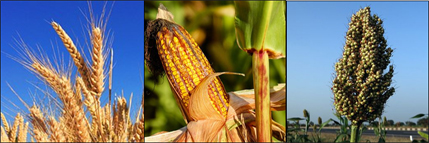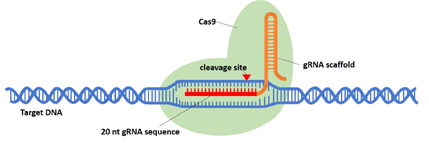

About the Plant Genome Editing Database (PGED)
The Plant Genome Editing Database currently provides information about plants that have been generated using the CRISPR/Cas9 technology in order to study economically important traits. Users begin by either choosing the species they are interested in and browsing the list of genes that carry mutations or searching the database using specific gene identifiers (e.g., Solyc05g053230). Information provided includes the transformation experiment, the name of the transformed plant variety, the DNA construct used including the guide RNA sequence and primers used to characterize resulting mutations, and details about the mutant plant line including the altered sequence, whether it is heterozygous or homozygous, and any phenotypes that have been observed. Users are encouraged to make information available about their own CRISPR-generated plant lines and details are provided about how data can be submitted for inclusion in the database.
Introduction to the CRISPR technology
The CRISPR technology is derived from a bacterial defense system and is now widely used in plants and other organisms for making changes to genome sequences for research purposes and ultimately for improving traits. The technology relies on a short sequence (a guide RNA, or gRNA) that matches a targeted gene and a nuclease, Cas9, that cuts the DNA near the targeted sequence. The resulting mutation is usually an insertion or a deletion of a few nucleotides which disrupts the reading frame of the targeted gene causing the associated protein to be either nonfunctional or not expressed. A vector carrying the gRNA and the Cas9 gene is typically introduced into plant cells using Agrobacterium-mediated transformation. The mutation can occur in either one or both copies of the gene (in a diploid organism) in the initial generation. In subsequent generations, foreign DNA sequences (Cas9, the gRNA, etc.) are segregated away from the CRISPR-generated mutation and lines with homozygous mutations are obtained. The plants are then characterized for possible changes in the traits under study. See this link for more information about the CRISPR technology: https://en.wikipedia.org/wiki/CRISPR.
News
Manuscript published on CRISPR-mediated mutations in 63 immunity-assocated genes in tomato -- [Apr 2020]
Plant Genome Editing Database (PGED) manuscript has been published in Molecular Plant -- [Jan 2019]
NSF Project (#1546625): Leveraging natural variation in tomato to identify, characterize, and deploy new sources of disease resistance -- [Sept 2018]

